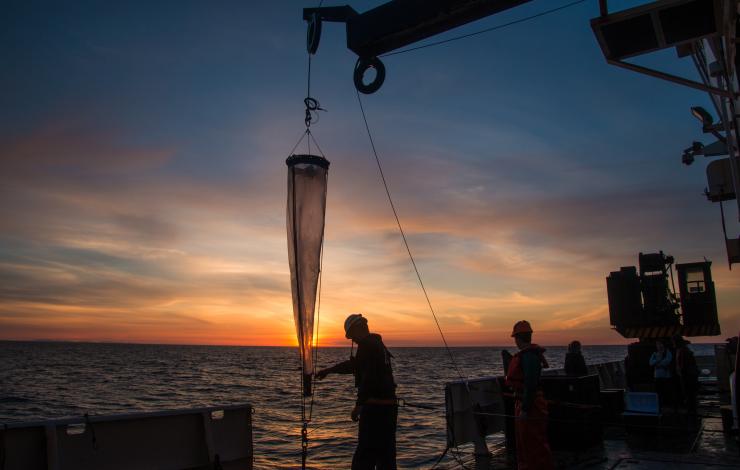Washington State has experienced some of the earliest, direct impacts of ocean acidification. In order to address these impacts, Governor Chris Gregoire convened an Ocean Acidification Blue Ribbon Panel, the first of its kind in the nation. In 2012, the panel produced a science-based action plan to tackle ocean acidification in Washington State.
Today, the first update to the 2012 report has been released by the Marine Resources Advisory Council (MRAC), a Washington state governor’s appointed board based on recommendations from the Blue Ribbon Panel. This addendum is a companion report that expands upon the 2012 work and describes the progress that’s been made over the past five years, recommends new focal areas and provides a renewed commitment to tackle the issue through a number of research, education and climate mitigation and adaptation solutions.
In the five years since the Blue Ribbon Panel’s report, there have been significant scientific advances and progress made on the 42 recommended actions.
Some research highlights and actions taken include:
- Atmospheric CO2 in the Puget Sound area is increasing faster than along Washington’s coast and faster than the global average. Southern Hood Canal shows the highest surface seawater values of pCO2 in Washington coastal waters.
- Several local species from pteropods to Dungeness crab are showing sensitivity to ocean acidification, suggesting impacts to the entire marine web including salmon and whales.
- Impacts may be more severe in nearshore coastal waters than in offshore open ocean waters, because corrosive conditions are closer to the surface in nearshore coastal waters and in Puget Sound.
- Increasing awareness and literacy through the creation of ocean acidification K-12 curricula.
Washington State continues to be a leader in taking action on ocean acidification. The MRAC brings together federal and state, scientists, educators, industry and tribes to better understand the sources and effects of ocean acidification and provide recommendations for science based management actions.
Eleven NOAA and Washington Sea Grant scientists from the National Ocean Service, National Marine Fisheries Service and the Office of Oceanic and Atmospheric Research served on the Blue Ribbon “Refresh” Panel and contributed to the report including PMEL’s Simone Alin, Richard Feely, and Cathy Cosca. Richard Feely also served as one of the editors along with Jan Newton and Terrie Klinger at the University of Washington. NOAA’s Ocean Acidification Program Director, Libby Jewett, currently serves on the MRAC.
The full report can be found at www.OAinWA.org. Read the news release here.



